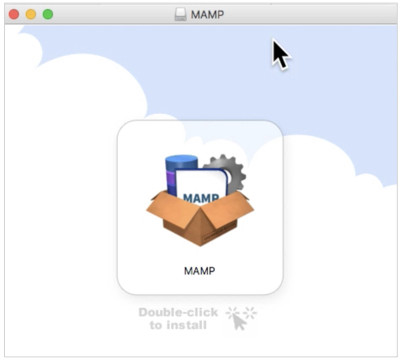It is strongly recommended to create a backup before starting the upgrade process. If you have important data, create and try to restore a backup to ensure that everything works properly.
The primary development and deployment environment for MediaWiki is on Linux and Unix systems; Mac OS X is Unix under the hood, so it's fairly straightforward to run it. PHP is a server-side scripting language important for designing websites, while MySQL is a popular database for storing online data⁶. These three tools combine with the Linux, Windows, and Mac operating systems mentioned above to form the LAMPstack, WAMPstack, and MAMPstack, respectively. BitNami MAMPStack Native Installer is an easy-to-install environment to develop and deploy PHP applications. It includes pre-configured, ready-to-run versions of Apache, MySQL, PHP, and phpMyAdmin. Amazon AWS PHP SDK makes it easier to develop PHP applications that run on Amazon Web Services.
There are two different ways to upgrade a Bitnami stack.
Mamp Stack
You can upgrade the application only without modifying any other stack components. To do this, refer to the application pages.
You can upgrade the application and all stack components, such as PHP, Ruby, MySQL and Apache. Follow the instructions below:
Download the latest native installer for the stack.
Stop existing stack services using the graphical manager.
Uninstall existing stack services. Run the following commands from an elevated command prompt:
Depending on whether the Bitnami stack uses MySQL or PostgreSQL, backup the existing database.
Install the new stack to a different installation directory.
Run the Bitnami Console script as described in the Bitnami Console page.
Restore the database from backup.
Copy any uploaded files or configuration files. It may also be necessary to run migration scripts to update the database schema; however, this varies per application. Refer to the application pages for more information on application-specific upgrade steps.
Install stack services. Run the following commands from an elevated command prompt:
Restart the servers using the graphical manager.
Mapstack Stamen
You should now be able to access your new stack.

